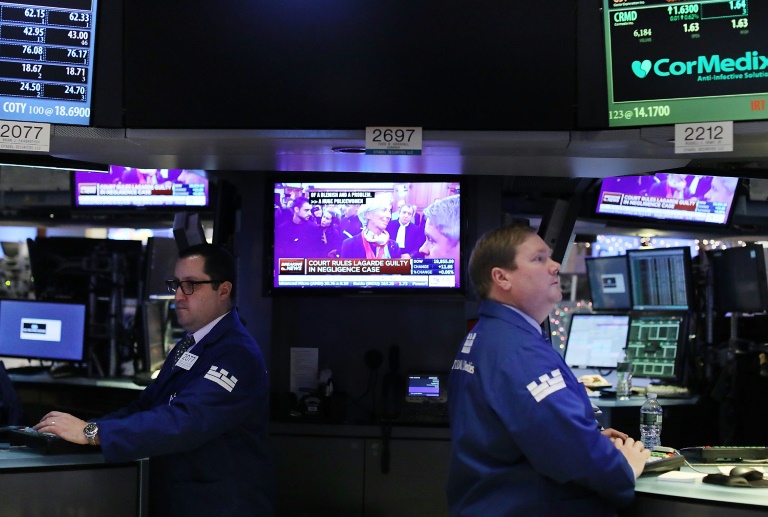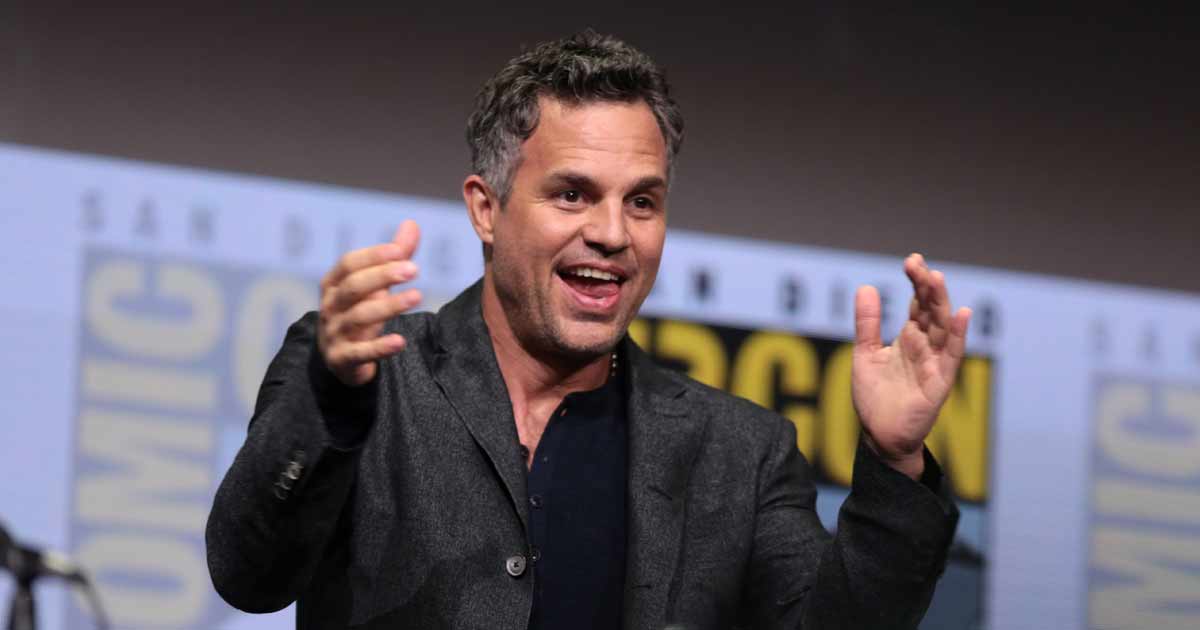On June 5, a rocket blasted off from Cape Canaveral, Fla., into a blue sky dotted with puffy, white clouds. At the top of the rocket, made by United Launch Alliance, sat Boeing’s new Starliner CST-100, a gumdrop-shaped capsule carrying astronauts Suni Williams and Butch Wilmore.
It was a picture-perfect launch of a test mission that was a long time coming.
After years of delays, setbacks and deep cost overruns, the launch was to be Boeing’s shining moment when it finally joined SpaceX as a commercial company launching astronauts from American soil.
Except, it didn’t quite go as expected, with a helium leak neither Boeing nor NASA quite understood ahead of the launch. Yet they launched nonetheless.
And then it only got worse: More helium leaks were discovered once the astronauts were in orbit. Then, as they were preparing to dock with the International Space Station (ISS) the next day, several thrusters abruptly shut down. After an hour’s delay, the spacecraft finally docked.
To be fair, it is a test mission. But it’s a mission that seems to be fraught with problems and unknowns, leaving many asking why the launch even went ahead with a known issue that was poorly understood, and if the spacecraft is safe enough to bring them home.
It also brings into question Starliner’s first operational mission, slated for 2025 with Canadian astronaut Joshua Kutryk on board.
After multiple attempts, Boeing’s Starliner finally launched astronauts Suni Williams and Butch Wilmore to the International Space Station.
To date, the astronauts are still on board the ISS while Boeing tests its thrusters at its facility in White Sands, N.M. No return date has been set, though it will likely be at the end of July, according to a news conference on Wednesday.
Optically, it’s been a nightmare for Boeing, a company that, in recent years, has faced a barrage of safety mishaps with its commercial aircraft and is deeply in need of a public relations win, especially in light of the fact that SpaceX started launching astronauts aboard its Crew Dragon spacecraft in 2020 and to date has sent 11 operational flights to the ISS.
Different approaches
When NASA awarded Boeing and SpaceX the contracts to take astronauts to the ISS, they didn’t receive the same compensation: Boeing was awarded $4.2 billion US, while SpaceX received $2.6 billion US.
At the time, it was widely believed that Boeing — having been in the space game since the 1960s — would get to the ISS first. How wrong they were.
But is it fair to compare Boeing and SpaceX?
They’re different people. With different experience levels.– Dan Dumbacher, former NASA official
Dan Dumbacher, an engineer and former NASA official who is now the CEO of the American Institute of Aeronautics and Astronautics, says it’s not.
He notes that Boeing, as an organization, has experience in spaceflight that predates the Apollo program of the 1960s.
“The people themselves do not,” he said. “There’s a misconception, I think, that just because the organization did it in the past that the organization can do it now. No, they’re different people, with different experience levels.”
As well — as has been demonstrated to the public lately — there’s the difference between how SpaceX and Boeing operate.
“We don’t talk enough about the fact … that the workforce today doesn’t have as much opportunity to go build hardware, fly it, test it, break it and see what happens,” he said.
However, SpaceX does just that. The company tests its spacecraft by building them, flying them — often having them blow up in the earliest iterations — and then doing that over and over again until they fly successfully.
After blasting off from Boca Chica, Texas, SpaceX successfully landed the two stages of its Starship, even after one of the ship’s fins fell apart during re-entry. CREDIT: SPACEX
That’s not the way Boeing or NASA works.
In its earliest days, NASA operated much in the same way SpaceX does. But since the loss of the space shuttles Challenger and Columbia, which killed 14 astronauts, it has become more risk averse. Now it appears as though NASA has also let that seep into uncrewed hardware tests.
As for Boeing, it’s not easy to let rockets or spacecraft blow up when you have investors breathing down your neck. The privately owned SpaceX doesn’t face that same scrutiny.
And, perhaps more importantly, SpaceX had a leg up: Its Dragon spacecraft had been delivering cargo to the ISS since 2012. And its Crew Dragon was similar in design.
Not ‘stranded’ in space
Over the month the astronauts have been in space, there have been rumours and speculation that the pair are stranded on the ISS.
It’s something that clearly irks Steve Stich, manager of NASA’s Commercial Crew Program, who, in a June 28 media teleconference said he wanted to clear up any “misunderstandings” about Starliner and its crew and that the astronauts “are not stranded in space.”
Dumbacher recalls that, during his time at NASA, the space shuttle had its own problems.
“Every single [space shuttle] flight all the way through STS-135 had some technical issues going into it,” he said. “I don’t recall a single flight where we walked into a flight readiness review and the answer was, ‘Well, everything’s clean, nothing to worry about.'”
It may not be fair to compare Boeing to SpaceX, but the optics of this fumbled test mission are still a blow to the venerable aerospace company. And to many, it’s clear that Boeing needs to do better.









